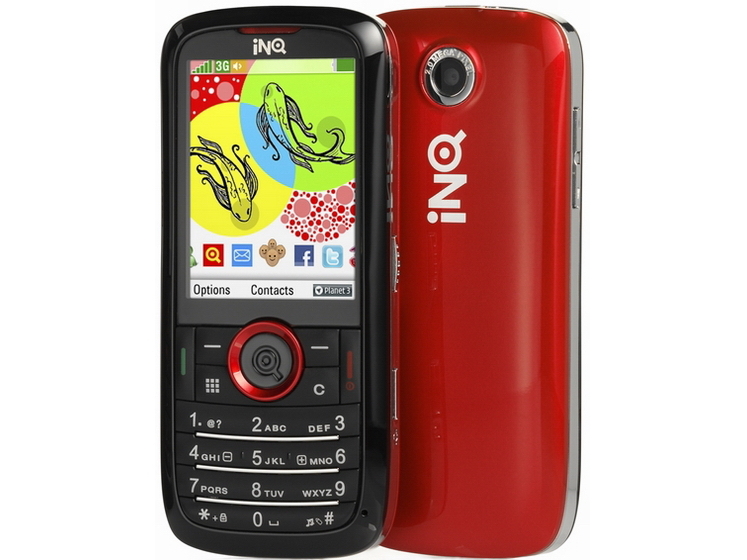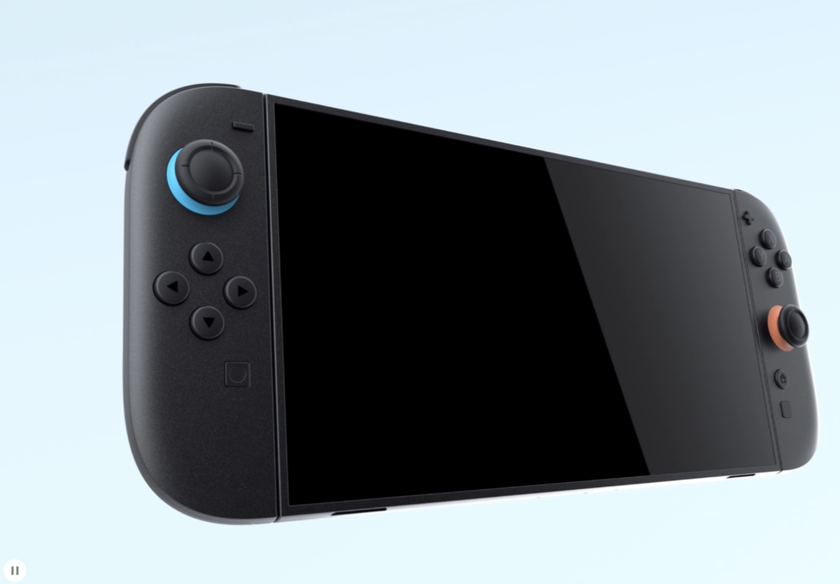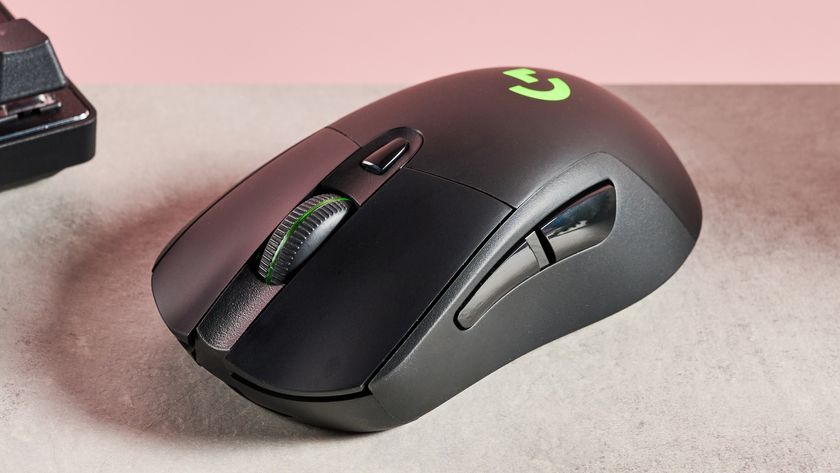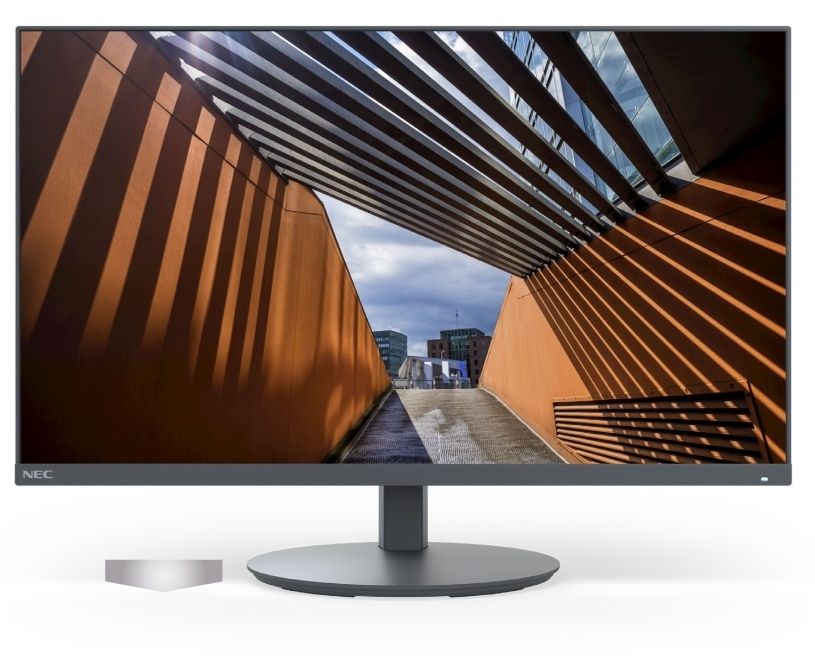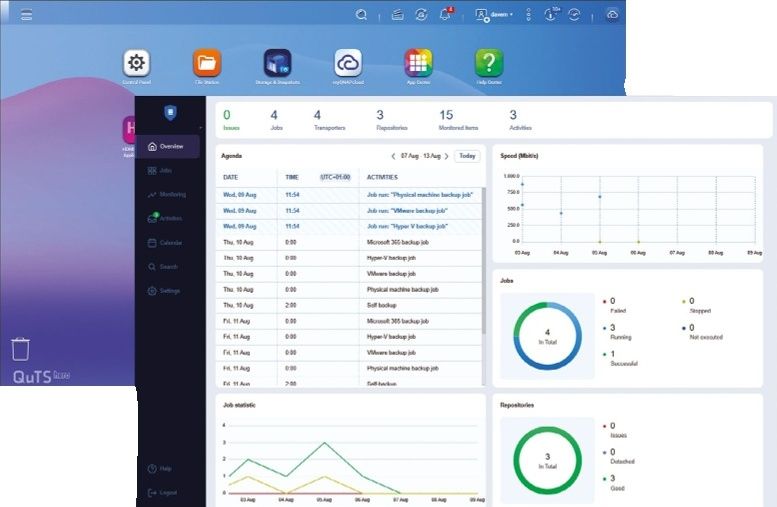TechRadar Verdict
A great budget handset that delivers a huge amount of social networking options, but is perhaps guilty of trying to achieve too much.
Pros
- +
Compact design
- +
Very low price
- +
Facebook and Skype integration
- +
Native Twitter client
Cons
- -
Slow and sluggish UI
- -
Cramped keyboard
- -
Convoluted process to merge contacts with Facebook
Why you can trust TechRadar
INQ is following up the success of its INQ1 'Facebook' phone by releasing an even cheaper model, the INQ Mini 3G, which packs in more technology.
The INQ Mini 3G only costs £59.99, exclusively on 3, but has Twitter, Facebook, Skype and Windows Messenger all included out of the box. It's a lot to pack into such a dinky device, so has INQ tried to do too much this time?
The main thing about the INQ Mini 3G is just how light it is at 90g. Its dimensions of 102.9 x 45.8 x 12.8 mm mean the phone fits very well in the hand – if anything, it may even be a little too small for the average adult palm.
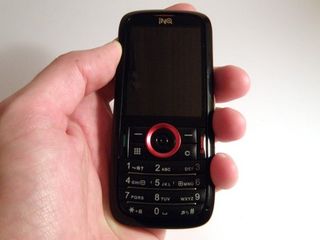
The QVGA 2.2-inch screen looks nice enough, and given the dimensions it actually looks rather big – think iPod nano and you'll get what we mean.
The keys are heavily rubberised, and a little bit cramped if we're honest – although all the correct ones are there (menu, two softkeys, clear and call/terminate) they can be hard to press at times and hitting the wrong one happened more often than not.
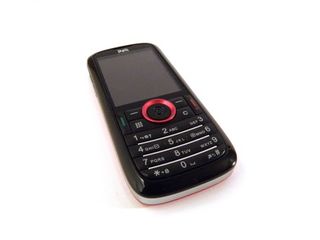
The phone itself feels very plasticky due to its weight, but it does have a nice look to it with the silver rim running around the outside. Given the price we can easily let this one slide, and there are a lot more expensive phones on the market that look a lot worse.
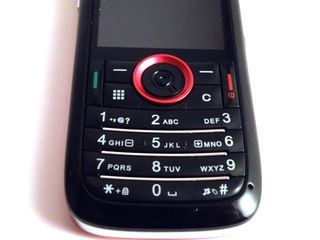
The back cover to the phone is released with a small button on the top – it's a little difficult to remove this, and getting the cover back on isn't easy either, with a degree of force needed to clip everything back into place.
Those of you that played with the INQ1 will remember the carousel key which brings up quick access to the applications on board – this is back, but this time it appears to be slightly lower, meaning less accidental operation, which we liked.
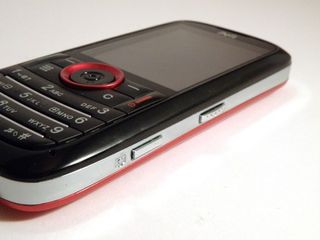
There's also a camera shutter button, which activates the camera when pressed, and a volume up/down key on the other side. Other than that, the chassis of the INQ Mini 3G is pretty sparse.
Despite the lack of keyboard space, the phone has a nice navigational key, with the large and easy to find in the pocket circular D-pad encasing a large enter key. It's a nice touch, not only adding to the aesthetics of the INQ Mini 3G but also making navigation a cinch, even if heavier pressure is needed to operate it compared to the other keys.
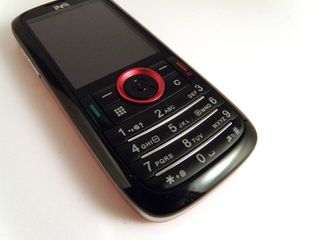
The back of the phone is a plain affair, although the chrome styling is still present around the 2MP camera. There's a speaker on the bottom in a flowery design, and the covers are interchangeable (although sold separately) so you can customise your design.
Anyone that remembers the Nokias of the late '90s will fondly recall the interchangeable covers, and it's nice to see such a feature on its way back (if only for nostalgia's sake).
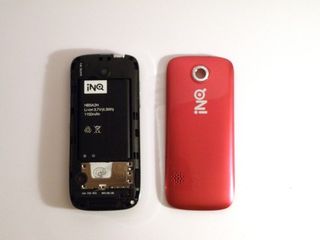
The INQ Mini 3G connects using miniUSB, which is an odd choice considering the industry is quickly drifting towards the microUSB standard. Given the phone is so dinky we would have expected a similar port here.
The connector is also uncovered, so unless you have something permanently plugged in there you're going to have to be careful it doesn't get clogged up with dust or dirt.
In the box
The INQ Mini 3G doesn't offer a huge amount in the box, with a miniUSB cable doubling as a data lead and a charger thanks to a socket converter.
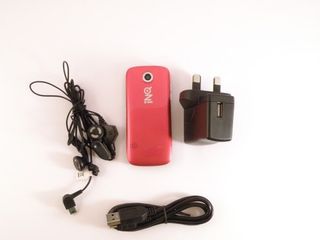
With no 3.5mm headphone jack on the phone, INQ needed to put a converter to allow use of users' own cans. Unfortunately no such thing is included in the box, with a full set of bundled buds available.
These are of average quality, but for those with more specialist tastes or non-normal ear shapes these are just unusable, despite doubling as a hands-free kit too.
Current page: INQ Mini 3G: Overview, design and feel
Next Page INQ Mini 3G: Interface
Gareth has been part of the consumer technology world in a career spanning three decades. He started life as a staff writer on the fledgling TechRadar, and has grew with the site (primarily as phones, tablets and wearables editor) until becoming Global Editor in Chief in 2018. Gareth has written over 4,000 articles for TechRadar, has contributed expert insight to a number of other publications, chaired panels on zeitgeist technologies, presented at the Gadget Show Live as well as representing the brand on TV and radio for multiple channels including Sky, BBC, ITV and Al-Jazeera. Passionate about fitness, he can bore anyone rigid about stress management, sleep tracking, heart rate variance as well as bemoaning something about the latest iPhone, Galaxy or OLED TV.
